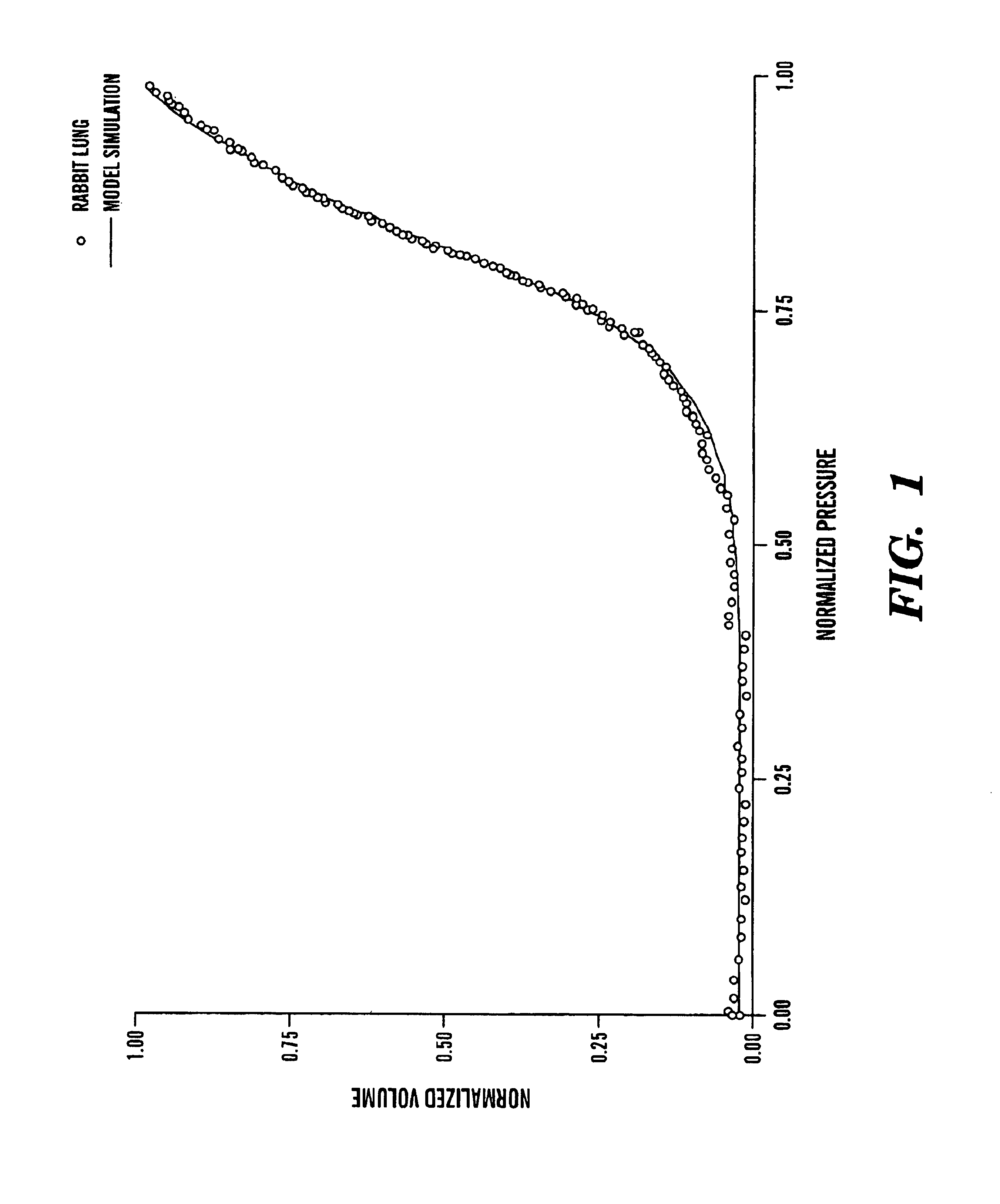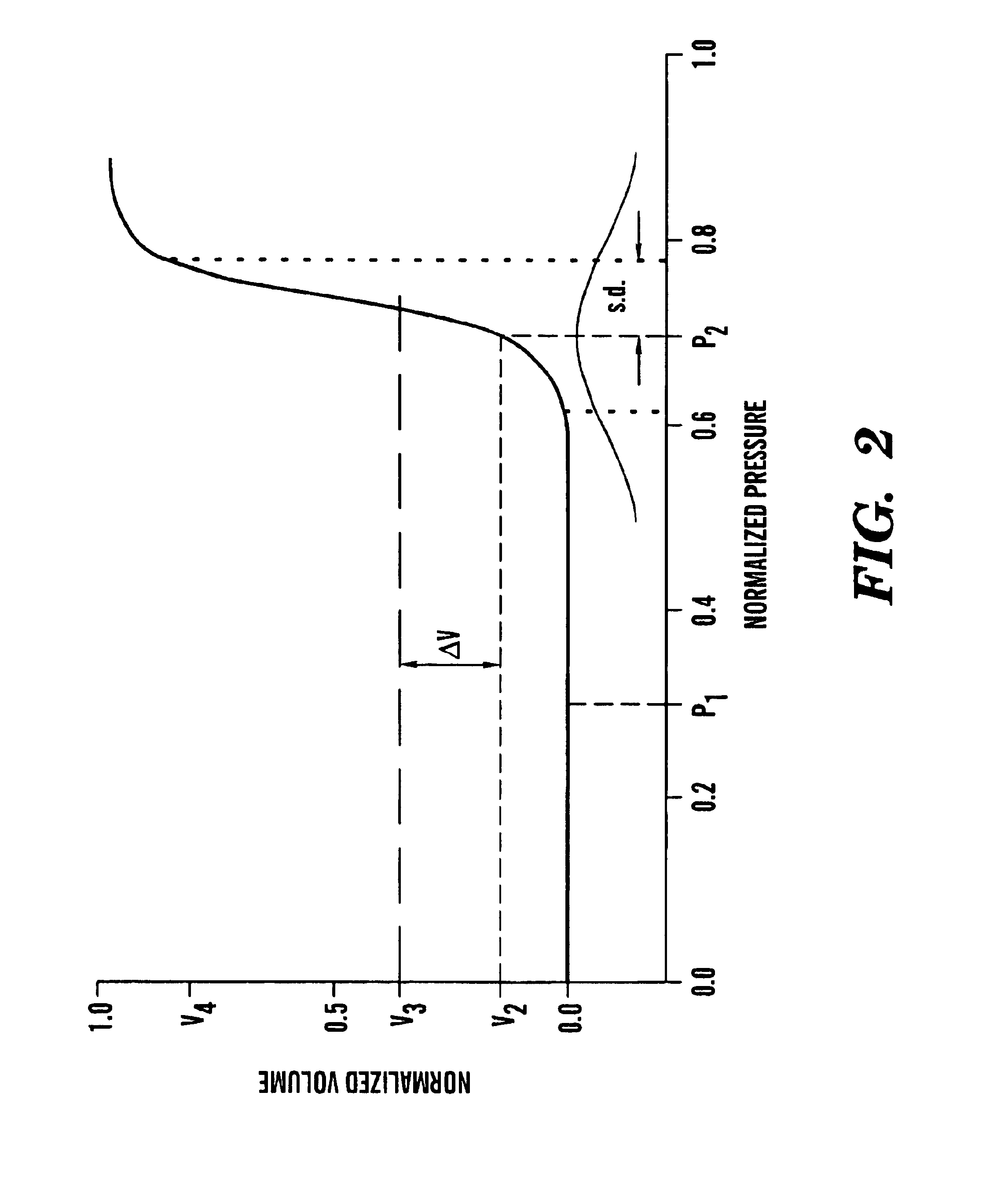Variable peak pressure ventilation method and system
a ventilation method and variable peak pressure technology, applied in the field of life support systems, can solve the problems of high peak airway pressure, high ventilation pressure, and the basic protocols of mechanical ventilation have not significantly changed, so as to improve ventilator performance, improve blood oxygenation, and improve ventilation pressure.
- Summary
- Abstract
- Description
- Claims
- Application Information
AI Technical Summary
Benefits of technology
Problems solved by technology
Method used
Image
Examples
Embodiment Construction
[0022]The present invention involves controlling the pressure of air being delivered by a ventilator such that the peak pressure varies from cycle to cycle. Since standard conventional and presently available mechanical ventilators only deliver gas by controlling the volume of gas, the inventors developed a method and system to control these conventional ventilators to deliver varying peak pressure to a patient.
[0023]The inventors observed the pressure-volume curve of a typical injured lung. FIG. 1 shows a graph of a normalized inspiratory pressure-volume curve for a degassed rabbit lung. Degassing the lung leads to collapse and mimics acute respiratory distress syndrome (ARDS) The inventors noted that no volume change takes place until pressure increase above 0.7. However, around 0.75, a rapid, avalanche-like volume increase takes place. Experimental data obtained by the inventors have shown that an airway will pop open almost instantaneously when the external inflation pressure re...
PUM
 Login to View More
Login to View More Abstract
Description
Claims
Application Information
 Login to View More
Login to View More - R&D
- Intellectual Property
- Life Sciences
- Materials
- Tech Scout
- Unparalleled Data Quality
- Higher Quality Content
- 60% Fewer Hallucinations
Browse by: Latest US Patents, China's latest patents, Technical Efficacy Thesaurus, Application Domain, Technology Topic, Popular Technical Reports.
© 2025 PatSnap. All rights reserved.Legal|Privacy policy|Modern Slavery Act Transparency Statement|Sitemap|About US| Contact US: help@patsnap.com



